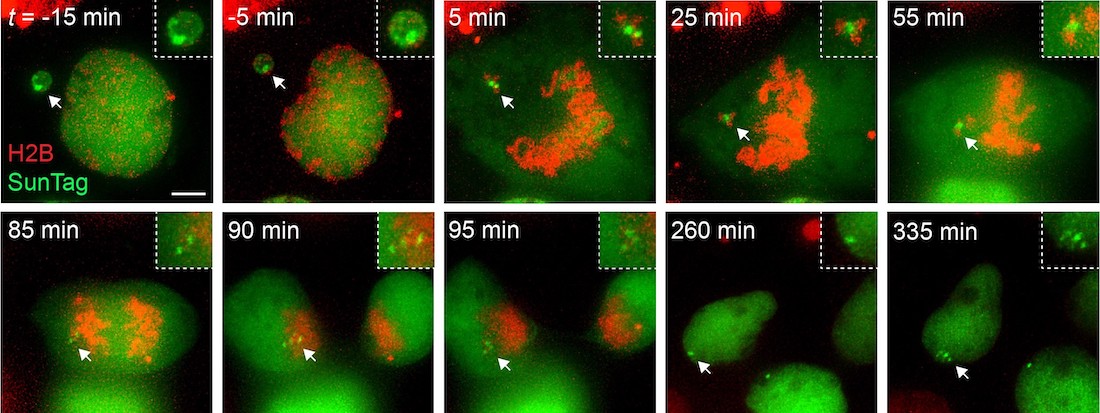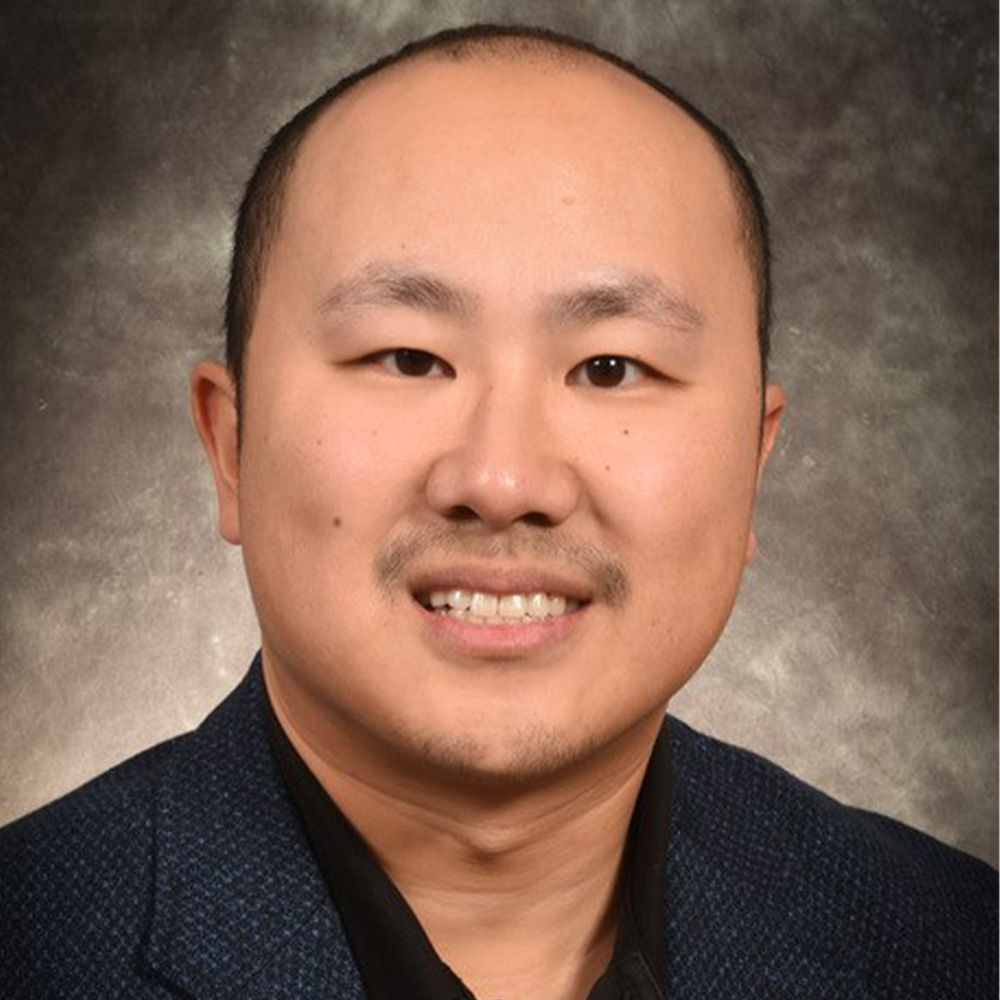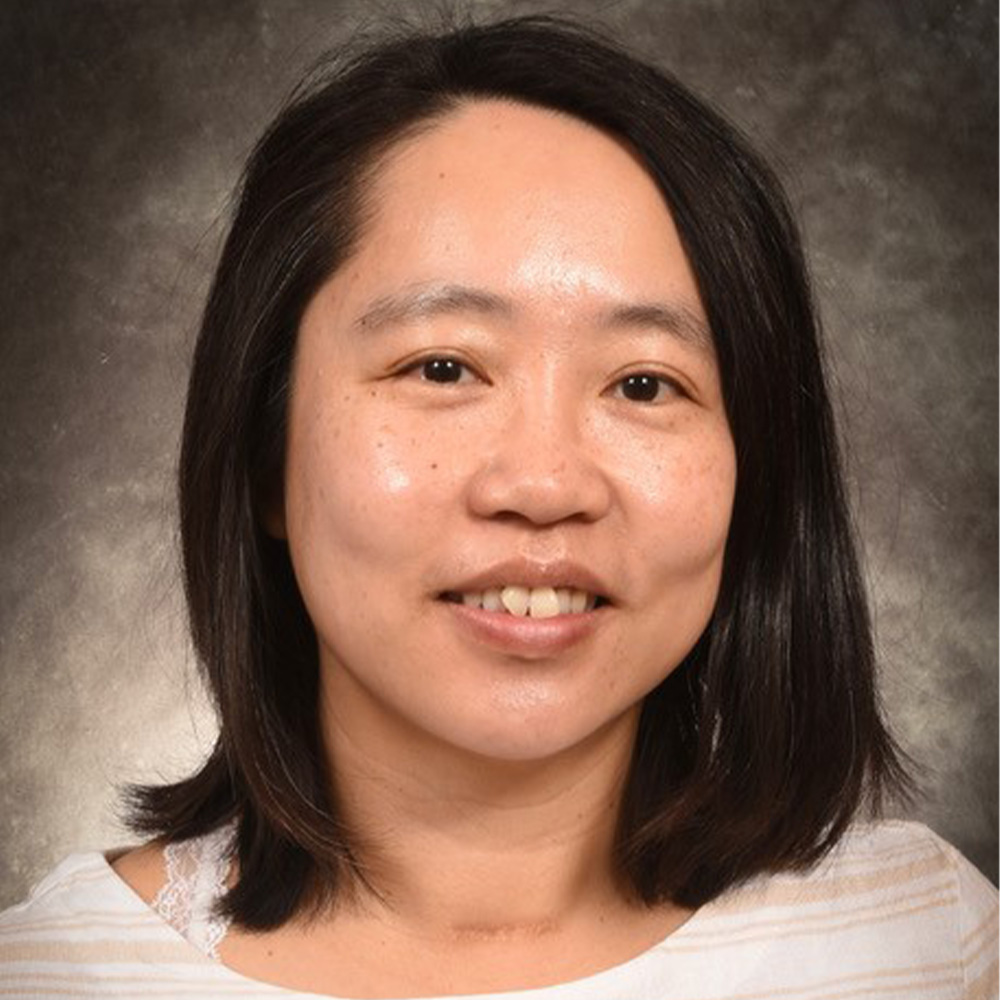UT Southwestern researchers discover mechanism responsible for genome rearrangements

DALLAS – May 11, 2023 – The goal of every dividing cell is to accurately segregate its genome into two genetically identical daughter cells. However, this process often goes awry and may be responsible for a new class of chromosomal abnormalities found in cancers and congenital disorders, UT Southwestern Medical Center scientists report in a new study. The discovery, published in Nature, sheds light on how cancer cells rapidly evolve genomic changes that fuel their proliferation.

“Cancer genomes are remarkably complex. Our findings provide a fundamental understanding of how diverse patterns of chromosomal alterations form and drive cancer development,” said Peter Ly, Ph.D., Assistant Professor of Pathology and Cell Biology at UT Southwestern, who co-led the study with Yu-Fen Lin, Ph.D., Senior Research Scientist.
The paper focuses on a process called chromothripsis, a term derived from Greek describing the catastrophic shattering of chromosomes into small fragments.
In the study, Dr. Ly and colleagues in the Ly lab investigated how shattered chromosomes from abnormal structures called micronuclei move around during cell division. The researchers found that the chromosome fragments remained stuck together during cell division instead of dispersing throughout the cell. This allowed the shattered chromosome to segregate as a unit into one of the two daughter cells, where the cell’s DNA repair machinery haphazardly stitched the pieces back together in the incorrect order to form a rearranged chromosome.

The researchers identified a protein complex consisting of CIP2A and TOPBP1 that tethers the DNA fragments together during cell division. The genomic signatures of this process can be detected across 25 cancer types, resulting in the loss of critical tumor suppressor genes. These findings build upon previous work by Dr. Ly, who has engineered unique experimental systems to re-create and study chromothripsis in the laboratory.
“Since the discovery of chromothripsis in cancer genomes, it was puzzling to understand how fragments of a shattered chromosome could reassemble to generate scrambled chromosomes. We have now solved a key piece of that puzzle,” said Dr. Ly, a member of the Harold C. Simmons Comprehensive Cancer Center and a Cancer Prevention and Research Institute of Texas (CPRIT) Scholar in Cancer Research.
When the researchers prevented tethering by deleting the gene encoding for CIP2A or TOPBP1, the chromosome fragments scattered during cell division, causing them to accumulate throughout the nucleus and cytoplasm of both daughter cells, ultimately killing them.
“These findings suggest that chromosomally unstable and/or DNA repair-deficient tumors with micronuclei may be vulnerable to CIP2A inhibition,” said Dr. Ly. His lab plans to continue studying the role of CIP2A-TOPBP1 in maintaining genome stability and whether this protein complex could be a relevant target for cancer treatment.
Other UT Southwestern researchers who contributed to this study are Qing Hu, Ph.D., Alice Mazzagatti, Ph.D., and Rashmi Dahiya, Ph.D., Postdoctoral Fellows; and Elizabeth Maurais, Justin Engel, and Giaochau Nguyen, students in the Graduate School of Biomedical Sciences.
This research was supported by the National Institutes of Health (R35GM146610, R00CA218871, and T32CA124334), CPRIT (RR180050 and RP21004), the Department of Defense (W81XWH2210764), The Welch Foundation (I-2071-20210327), the American Cancer Society (ACS-IRG-21-142-16), and the European Molecular Biology Laboratory.
About UT Southwestern Medical Center
UT Southwestern, one of the nation’s premier academic medical centers, integrates pioneering biomedical research with exceptional clinical care and education. The institution’s faculty has received six Nobel Prizes, and includes 26 members of the National Academy of Sciences, 18 members of the National Academy of Medicine, and 14 Howard Hughes Medical Institute Investigators. The full-time faculty of more than 2,900 is responsible for groundbreaking medical advances and is committed to translating science-driven research quickly to new clinical treatments. UT Southwestern physicians provide care in more than 80 specialties to more than 100,000 hospitalized patients, more than 360,000 emergency room cases, and oversee nearly 4 million outpatient visits a year.
